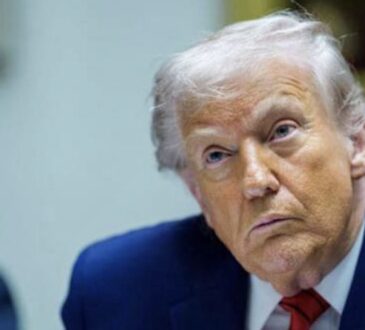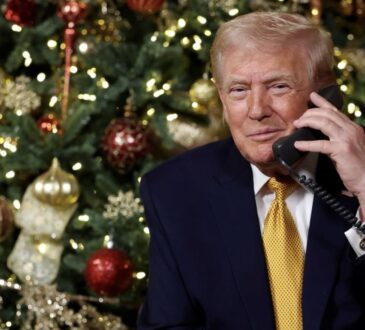People ‘terrified’ as Trump signs new executive order on homelessness that could have a devastating impact

Donald Trump has signed a new executive order aimed at tackling homelessness, but instead of offering more housing or support services, the move focuses on making it easier to forcibly remove homeless people from public spaces and place them into institutions. The order has sparked fear and outrage among advocates, legal experts, and everyday citizens who believe it could do more harm than good.
The order, signed on July 24, pushes for the reversal of previous court rulings and legal agreements that limit the government’s ability to forcibly remove people from the streets. It calls on Attorney General Pam Bondi to challenge those legal protections, especially in cases involving people with mental health issues who are homeless. The goal, according to the order, is to increase the use of civil commitment — a legal process where individuals can be placed into treatment facilities against their will if they’re seen as a risk to themselves or others.
The language of the order argues that putting homeless individuals into long-term institutions is an act of compassion, claiming it will restore public order and safety. The Trump administration is presenting this move as part of a broader campaign to “Make America Safe Again.” According to White House press secretary Karoline Leavitt, this strategy involves removing “vagrant criminals” from the streets and redirecting resources toward addiction recovery and mental health treatment programs.
But critics say this approach misses the point and will likely make homelessness worse, not better. The National Homelessness Law Center (NHLC) has been especially vocal in condemning the order. In a statement, they called it dangerous, unethical, and likely illegal. They argue that forcing people into treatment without their consent strips them of their basic rights, and does nothing to address the real root causes of homelessness—like the lack of affordable housing, insufficient healthcare, low wages, and rising living costs.
The NHLC also warned that criminalizing homelessness or treating it as a public safety issue rather than a social and economic one will only lead to more suffering. They said the most effective way to reduce homelessness is to invest in housing, healthcare, and community support services—not to lock people away in institutions. Their message was clear: you can’t solve homelessness by hiding it.
Many people online agree. Social media platforms lit up with criticism and fear in the wake of the announcement. On Reddit, one user commented that this is the Republican approach to serious problems—“lock people away where society can’t see them, rather than helping them get better.” Others called the order “terrifying,” warning it could set a dangerous precedent that treats poverty and mental illness as crimes.
The order also comes just weeks after the U.S. Supreme Court ruled that cities can ban homeless people from sleeping in public spaces, a decision that already drew backlash from human rights groups. Trump’s executive order appears to take that even further by empowering cities and states to institutionalize homeless people more easily, raising concerns about civil liberties, abuse of power, and the long-term impact on vulnerable populations.
At its core, critics say the policy doesn’t offer real solutions. It doesn’t lower rent, increase wages, build affordable housing, or expand access to healthcare. Instead, it shifts focus and funding toward enforcement and confinement—an approach that many say punishes people for being poor, sick, or both.
So far, the White House has not addressed these criticisms directly. But advocacy groups, legal experts, and many Americans are bracing for what could become a national shift in how homelessness is handled—one that emphasizes control and punishment over compassion and support.




